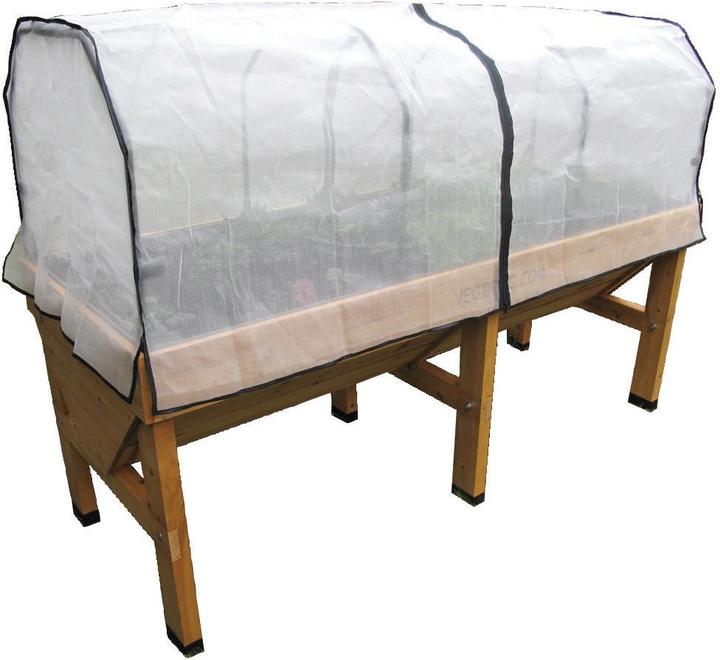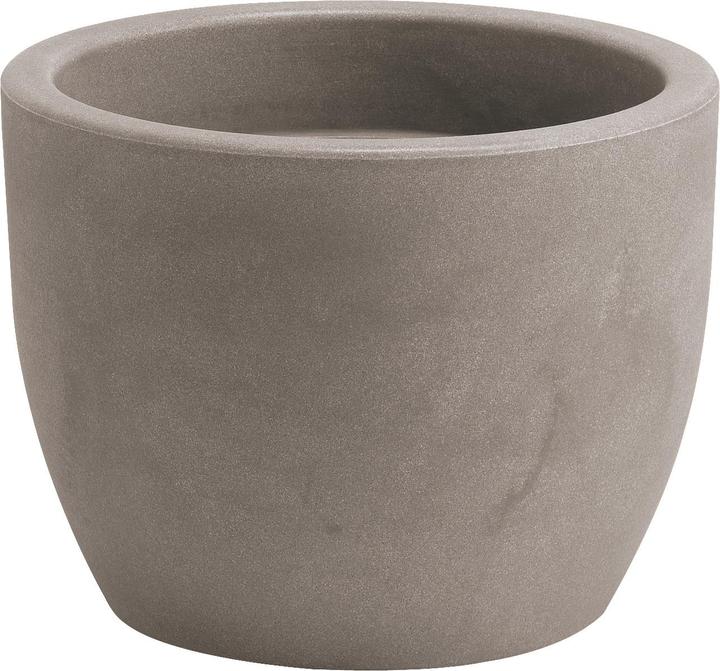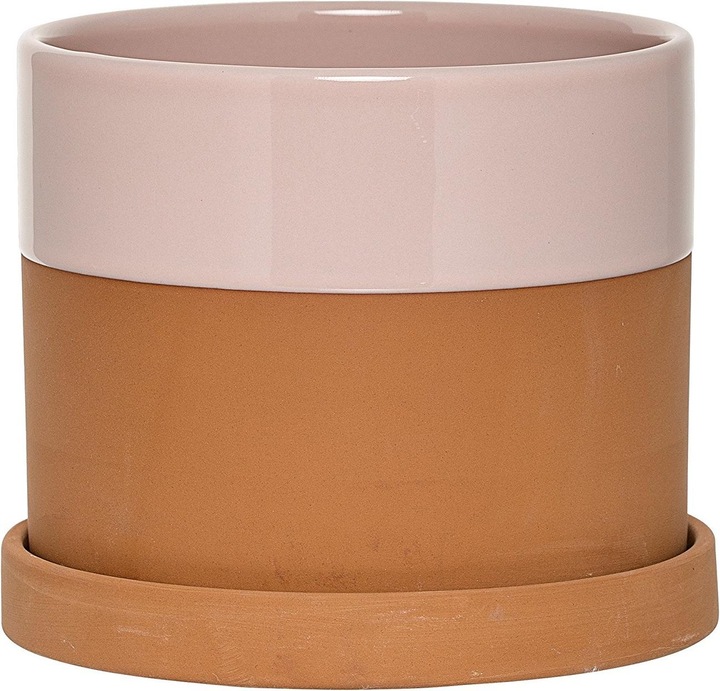

Garden calendar: February
February is here and winter is slowly fading away. Snowdrops are peeping out of the ground, heralding the arrival of early spring. Many people start to look forward to the gardening year. Finally feeling fresh earth between your fingers! You'll have more than one opportunity to do so - there's plenty to do now.
Planning
Have you already made a plan of your garden? If not, we'll show you what to look out for in January's article. Much of what you need to do in January also applies to February. [[marketingpage:3346]]
Before you finalise your planning, you need to ask yourself one question: Which raised bed?
Many people have one, many want one. And rightly so: a raised bed opens up a whole new field of possibilities for gardening. Available in various sizes, they can even fit on narrow balconies. There are impressive raised beds with plenty of space for the patio.
You can build a raised bed yourself and it can be as simple as a pallet with an attachment. In one afternoon, you can make a cold frame from a few wooden sticks and some foil. Or you can buy a raised bed system. Many manufacturers offer suitable cold frame attachments that you can use to start the gardening year now.
In short: You should definitely consider a raised bed. It is ideal for balconies in particular because it creates growing space and the raised position allows enough light to reach the plants.
General work

Turning over the soil
If the days are frost-free, you can use a sunny February day to loosen loamy soil superficially. This should be done superficially so that the soil organisms are not destroyed. The best way to do this is with a garden hoe or a hoe, as this only loosens the soil and does not turn it over. Very compact soil can be made more permeable with rock flour.
In order to add new nutrients to the soil, you can work in some compost or fertilise a little.
Alternatively, you can mulch the soil, i.e. cover it with a thin layer of grass cuttings, straw, bark or leaves. The mulch provides a natural supply of nutrients, prevents weeds from spreading and protects the soil from the elements.
Weeds also awaken in February. Where they are not a nuisance, gardeners with an awareness of diversity leave them standing. Vetches or clover are even welcome as natural green fertilisers and are easy to remove. However, tough weeds such as cinquefoil have no place near planting beds; the useful and ornamental plants should later have the space, light and nutrients to themselves. Weeds should be removed early, especially in spring. Because in the worst case scenario, the unwanted guests will multiply and return in even greater numbers in summer.
Clean the pots
As you will be able to grow the first plants in February, it is best to prepare the plant pots from the previous season now. Shake off the roots of deceased inhabitants, chop them up and add them to the compost. Scatter the old soil around the garden. Check that there are no grubs or eggs from other pests in it.
First give the empty pot a thorough clean. A conventional household brush is suitable for this and can be used to easily remove soil residues with hot water. It is best to give the new plants fresh soil. With fresh soil, you know what nutrients it contains. It has not dried out and holds water well.
Care for shears and knives
If you didn't get round to it in January, now is a good time to take care of your tools after cleaning them. Take garden shears apart and sharpen the blades with a grinding stone. You should also check the blades of the lawn mower. After sharpening, apply a thin protective film to the metal with a cloth and some vegetable oil. For saws, you may need to replace the saw blade.
Last chance for pruning bushes
February is the latest time to cut back hedges. In nature reserves, it is forbidden to cut hedges between 1 March and 30 September. As a prudent gardener, you should also exercise restraint when trimming hedges during this period so that you do not disturb breeding birds. Most hedges are pruned back in autumn, but boxwoods that grow vigorously can also be brought back into shape now.
Plants in February

Planting berry bushes
If the soil is already soft enough and you have been able to turn or loosen it, late February is a good time to plant berry bushes. The fruits of redcurrants are popular. But many people also like blackcurrants and gooseberries. If you are not familiar with them, you can try the jostaberry - a cross between a blackcurrant and a gooseberry. It is extremely productive and the berries contain lots of vitamin C.
Berry bushes like to be planted in unfertilised and loose soil. If you have not bought them ready for planting, you will need to prune them. Cut off about a third of the shoots above the buds. This measure means that the plant needs less water, which will help it to grow.
Plant shrubs and herbs
The first herbs and shrubs can be planted towards the end of February, weather permitting. Lavender and rosemary are examples of plants whose perennials can already be planted in the ground now. However, you should still protect them on frosty nights, for example with fleece or jute.
First flowers in the garden
The first spring flowers can also be planted in February. Primula, viola and crocus do well in cold weather. You should only cover them with a fleece or - if they are in a pot - take them inside if it freezes.
Geraniums that have been placed in the cellar for the winter can now be brought back into the daylight and pruned back vigorously. Cut back the shoots by about two thirds. When you have finished, the geranium will look quite poor. However, it will thank you for the pruning with all the more vigorous growth.
Growing vegetables and summer flowers
You can also use a sunny day to prepare the next garden flowers. Sunflowers, vetches, sage, snapdragons and petunias are examples of popular summer flowers. Pay attention to whether you have a light germinator or a dark germinator in front of you. Seeds from light germinators are simply placed on the soil, dark germinators are pressed a few millimetres into the soil.
Place the seeds in a small bowl with nutrient-poor cultivation soil. Plant three seeds in each hole, so you are pretty sure to have at least one plant. As soon as the seedlings have developed at least two leaves, it's time to select them: only the strongest ones are allowed to survive, the others are pinched off.
You can also grow your first vegetable plants indoors (!) now. Tomatoes, peppers, aubergines, kohlrabi and chillies will form stronger plants if you grow them early. Use low-nutrient potting compost here too. Tip: If you have enough space on the windowsill, you can plant the seeds in small pots straight away to save yourself (and the plant) from having to prick them out.
Make sure that the seed trays are in a warm and bright place. A windowsill is a suitable place. As there is often a heater underneath, you should make sure that the soil is always moist. However, avoid waterlogging to prevent the seedlings from rotting.
Trendy Jerusalem artichoke
If you want to try something new: In addition to kale, Jerusalem artichokes have recently become very popular. The tuber can be eaten raw, but can also be made into soups or fried. Jerusalem artichokes are fairly undemanding and grow in almost any soil. It forms up to 10 more tubers by the following spring. Why should you plant them now? The plant not only produces tasty and healthy fruit, it also displays its beautiful yellow flowers in summer. They sit on tall stems and grow so densely that they almost form a privacy screen.
But watch out: Jerusalem artichokes spread quickly and readily. We recommend using an underground root barrier or planting Jerusalem artichokes individually in pots. Simply buy a tuber from the shop and bury it - done. Once you have a few tubers in the ground, you can in principle harvest all year round.
Watering evergreen plants
As in January, don't forget to water evergreen plants regularly so that they don't die of thirst.
A ❤️ for animals

Insect hotel
You can prepare an insect hotel in February: Hoverflies, wild bees and bumblebees like to cavort in the tubes. These little creatures are not only hugely important for pollinating the plant world, they also help to keep pests such as aphids at bay.
Hanging up a nesting box
Nest boxes should be hung up by March at the latest. Earlier is never wrong, however, so that any factory odours can evaporate and the birds can already explore the nest box and use it as a shelter. The same applies to placement as for feeders: The surrounding area must be safe and easy to see. Birds don't like the box to sway in the wind. Therefore, instead of a thin string, use a solid chain or a piece of thick rope to attach it.
It's a good idea to avoid locations with direct sunlight or where the heat builds up in summer: this can mean heat death for the brood. Places in partial shade or a treetop are suitable locations. The opening of the hole should face south-east so that nasty and cool winds do not blow directly into the box. Detailed tips for nesting aids can be found at Vogelwarte Sempach.
Inside

Repotting
Wake up houseplants from their winter dormancy now. Move specimens that need to develop further into a larger pot. As a rule of thumb, the new home should be around 3-4 cm larger. It is better not to choose a pot that is too large, as this can favour root rot. When removing the plant, make sure that you do not damage the roots if possible.
It is best to use normal potting soil to fill the larger pot. This soil contains enough nutrients, as you should wait a few weeks immediately after repotting before adding fertiliser. Finally, water the new home thoroughly. You can also check whether the drainage is working and the water is running out at the bottom.
Products you can use in February
I'm the master tamer at the flea circus that is the editorial team, a nine-to-five writer and 24/7 dad. Technology, computers and hi-fi make me tick. On top of that, I’m a rain-or-shine cyclist and generally in a good mood.
Interesting facts about products, behind-the-scenes looks at manufacturers and deep-dives on interesting people.
Show all













